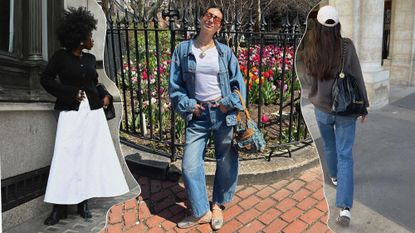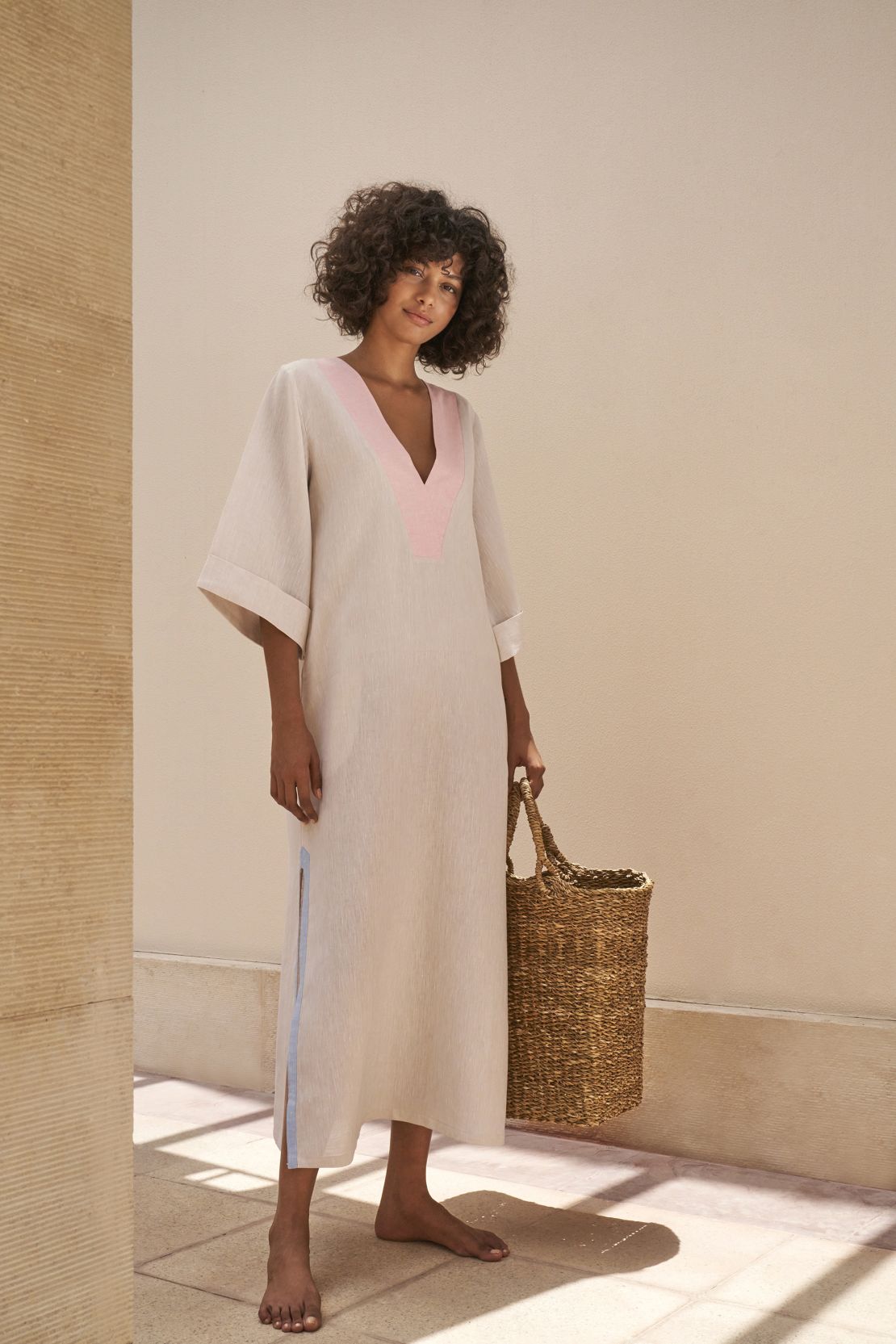Exactly How to Style Eastern Wear Pakistan Clothes for Contemporary Elegance
Wiki Article
Unveiling the Rich Heritage of Eastern Style
Exploring the complex tapestry of Eastern fashion reveals a world where custom fulfills development, and workmanship intertwines with cultural importance. From the luxurious silks of old empires to the detailed embroidery of nomadic tribes, each garment tells a tale that transcends time and borders, resembling the rich heritage and creative heritage of the East. As we peel back the layers of history and practice, a fascinating journey waits for, untangling the secrets behind the fascinating attraction and enduring influence of Eastern fashion on the worldwide phase.Beginning of Eastern Fashion

In Mesopotamia, for instance, the Sumerians and Babylonians created garments utilizing woollen, linen, and leather, adorned with complex patterns and jewelry. Ancient Egyptians are renowned for their sophisticated weaving abilities and using lightweight, breathable textiles like bed linen. Chinese fashion emphasized the value of shade symbolism and complex needlework strategies, while Indian clothes featured vivid shades, lavish fabrics like silk and cotton, and fancy drapery designs such as the saree.
These old civilizations not only influenced each other however additionally led the way for the culturally rich and varied tapestry that is modern Eastern style. Via centuries of evolution, Eastern fashion remains to prosper, mixing practice with modern influences to produce special and classic styles.
Cultural Influences and Customs
Drawing from centuries-old customizeds and ideas, cultural influences and customs play an essential function in shaping the significance of Eastern style (eastern wear pakistan). The abundant tapestry of societies throughout Eastern areas such as Asia, the Center East, and Africa has actually heavily influenced the apparel designs, colors, fabrics, and makes that are prevalent in Eastern fashion todayIn nations like India, Japan, and China, traditional garments like cheongsams, bathrobes, and sarees continue to hold significant social value and are typically adorned with complex embroidery or symbolic patterns that mirror deep-rooted beliefs and values. Similarly, in Center Eastern countries, the moving abayas and kaftans put on by males and females not only work as moderate attire yet also mirror the region's social heritage and Islamic traditions.
Moreover, making use of specific shades like red forever luck in Chinese society or intricate geometric patterns motivated by Islamic design better exhibit how social influences materialize in Eastern fashion - eastern wear pakistan. By recognizing and preserving these cultural impacts and traditions, Eastern style remains to advance while staying real to its rich heritage
Development of Eastern Clothes
Over time, Eastern garments have gone through significant transformations, showing a mix of practice and modernity in their design and style. Standard Eastern garments such as the saree, hanbok, kimono, and salwar kameez have actually evolved to incorporate contemporary aspects while protecting their social from this source significance.One remarkable advancement is using innovative materials and methods in Eastern garment building and construction. Typical handwoven textiles like silk and cotton have been complemented with modern materials such as polyester and blends, offering increased toughness and convenience of treatment. Furthermore, innovations in printing modern technologies have actually made it possible for detailed patterns and layouts to be integrated right into Eastern garments with precision and detail.
Furthermore, modifications in silhouette and customizing have actually improved Eastern clothes, making them much more flexible and suitable for varied events. Standard gown codes have unwinded, enabling for experimentation with decorations, styles, and colors. This evolution has not just made Eastern garments extra attractive and available to a global target market however has additionally guaranteed their proceeded significance in modern style landscapes.
Symbolism in Eastern Clothing
Exploring the deep-rooted cultural value woven into Eastern outfit introduces an abundant tapestry of symbolism and custom. Eastern garments are often imbued with symbols that show the user's societal status, religious ideas, and social identity.Furthermore, particular garments hold symbolic meanings. Its design, textile, and also the method it is used all bring deep cultural significance.

Influence of Eastern Style Today

The incorporation of Eastern elements in Western fashion has resulted in a fusion of styles that satisfy diverse tastes and choices (eastern wear pakistan). Developers often draw inspiration from Eastern shapes, textiles, and patterns, producing ingenious and distinct items that mix standard and contemporary looks. This cross-cultural exchange has not just rejuvenated the apparel industry yet likewise promoted a deeper admiration for Eastern heritage and workmanship
Additionally, the increase of social media and electronic systems has actually even more amplified the influence of Eastern style, enabling designers and brand names to go to website get to a broader audience and display their social heritage to the world. Via partnerships, fashion programs, and on the internet campaigns, Eastern style remains to flourish and develop in today's dynamic and interconnected global landscape.
Verdict
To conclude, the rich heritage of Eastern style is a testament to the social influences, complex craftsmanship, and extensive symbolism installed in each garment. From old people to modern analyses, Eastern style remains to astound with its distinct mix of tradition and advancement. The impact of Eastern fashion today offers as a pointer of the classic elegance and creative expression that have actually made it a global sensation commemorated for its rich cultural heritage.Discovering the intricate tapestry of Eastern style introduces a world where custom fulfills innovation, and craftsmanship links with social symbolism.The withstanding importance and cultural importance installed in Eastern clothing continue to shape and influence the modern influence of Eastern fashion today. Eastern fashion has actually gone beyond boundaries, becoming a worldwide phenomenon welcomed by developers, celebrities, and fashion enthusiasts worldwide.In final thought, the abundant heritage of Eastern style is a testimony to the cultural influences, elaborate craftsmanship, and extensive importance installed in each garment. The influence of Eastern fashion today serves as a reminder of the timeless beauty and creative expression that have actually made it a worldwide sensation commemorated for check over here its abundant social heritage.
Report this wiki page